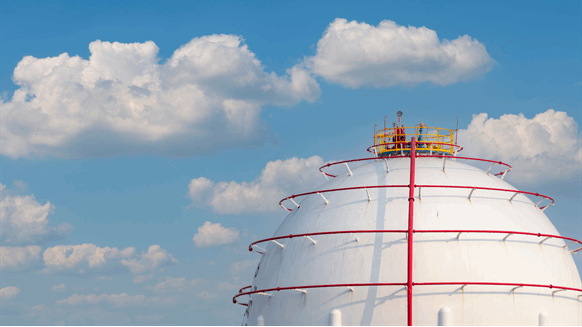Imports of liquefied natural gas from Europe surpassed those arriving on the continent via pipelines for the first time last year, according to data from the Energy Institute.
The change signals that the continent is rapidly rebuilding its energy infrastructure as it cuts ties with Russia following its invasion of Ukraine. The reversal is all the more significant as global gas production remained relatively flat in 2022 compared to a year earlier, the EI’s annual statistical review of world energy shows.
Europe was a premium market, which helped attract more LNG to its shores and fill gaps left by declining Russian pipeline supplies. This shift led to record prices and volatility in gas markets, as well as persistent inflation across the continent, depressing industrial activity amid an economic slowdown.
The war in Ukraine upended “assumptions about supply around the world,” said Nick Wayth, chief executive of the London-based institute. The changes “precipitated a price crisis and deep cost-of-living pressures in many economies.”
During the year, European nations quickly set up more import terminals for the super-refrigerated fuel, with Germany joining the club of importers for the first time. Utilities in the region signed deals to bring in more LNG from producers like the US, and there was a shift to renewable sources like wind and solar.
Gas imports by European pipelines last year were about 151 billion cubic meters, compared with 232 billion the previous year, according to the statistical review. The 35% year-on-year drop contrasts with LNG imports, which rose to 170 billion cubic meters in 2022 from 108 billion a year earlier.
While Europe’s appetite for LNG increased, Asia was still the largest importer of this fuel. Global gas trade as LNG accounted for 56% of all gas traded interregionally last year, according to the review.
Russia’s share of global pipeline gas exports fell to 29 percent in 2022 from an average of 43 percent over the previous 10 years, the report said.
Norwegian gas was counted as domestic trade within Europe and excluded from the import count.
–With the assistance of Elena Mazneva.


